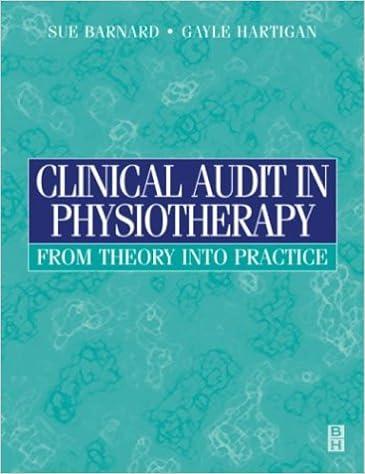Question
It is New Year's Day and you are trying to help your sister's new boyfriend with a finance problem. Fred is an international arms dealer.
It is New Year's Day and you are trying to help your sister's new boyfriend with a finance problem. Fred is an international arms dealer. When he gets an order, he purchases the weapons on terms of net 30 and then sells them to his clients on terms of net 30 or net 60 days, depending on how dangerous they are. That is, if Fred sells guns in January, he pays his supplier in February and gets paid by his customer in either February or March. About 20 percent of Fred's customers pay after 30 days and the other 80 percent pay after 60 days. Fred is still collecting on his November sales ($30,000) and his December sales ($60,000) Fred needs to keep some money laying around to grease the skids, pay bribes, and pay his toadies and he never wants the cash account to drop below $125,000. Right now, just after Christmas, the cash account is down to $110,000.
Projected sales, product costs, and period costs are shown below for the upcoming year, as well as the sales for last November and December. Fred's cost of goods sold (product cost) is about 80 percent of sales, and operating expenses (period costs) are roughly $40,000 per month, all in cash. Fred don't pay no stinking taxes. In year's past, Fred has had to go to his uncle Freidrich for cash during the months when he came up short. Uncle Freidrich is now doing 10 years in prison following an unfortunate incident that we do not speak of, so that line of credit is now gone. Fred wants to arrange a line of credit with a shady Central American bank to fund his operation but isn't sure how much to ask for, and he darn sure wants to be sure that he can pay them back from his ill-gotten gains because they are very serious about collecting on debts. They charge 2% interest on the outstanding balance from the prior month, rounded UP to the nearest $1,000. For example, if Fred owes $120,000 the interest expense before rounding would be $2,400 which would round UP to $3,000. Tough bank. Help Fred out by showing him how to project the cash flows from his business. The accounting profits (Sales - Expenses = Profits) are already calculated, but you need to convert that into cash flows.
Remember, about 20% of the revenue comes in one month after the sale, the other 80% comes in 60 days later. The cash product costs are paid one month after the sale. The monthly operating expenses are paid that same month. He starts out January 1 with $110,000 in the bank. Any time that the bank account drops below $125,000 at the end of the month, he needs to borrow enough to bring it back up to $125,000.. Keep track of the cumulative loan balance. Any month where he has extra cash, he can use it to pay down the loan. His maximum loan needs would be the highest balance during the year. Fred has to pay a commitment fee for the line of credit, whether he uses it or not, and that commitment fee is a percentage of the credit limit.


Step by Step Solution
There are 3 Steps involved in it
Step: 1

Get Instant Access to Expert-Tailored Solutions
See step-by-step solutions with expert insights and AI powered tools for academic success
Step: 2

Step: 3

Ace Your Homework with AI
Get the answers you need in no time with our AI-driven, step-by-step assistance
Get Started


